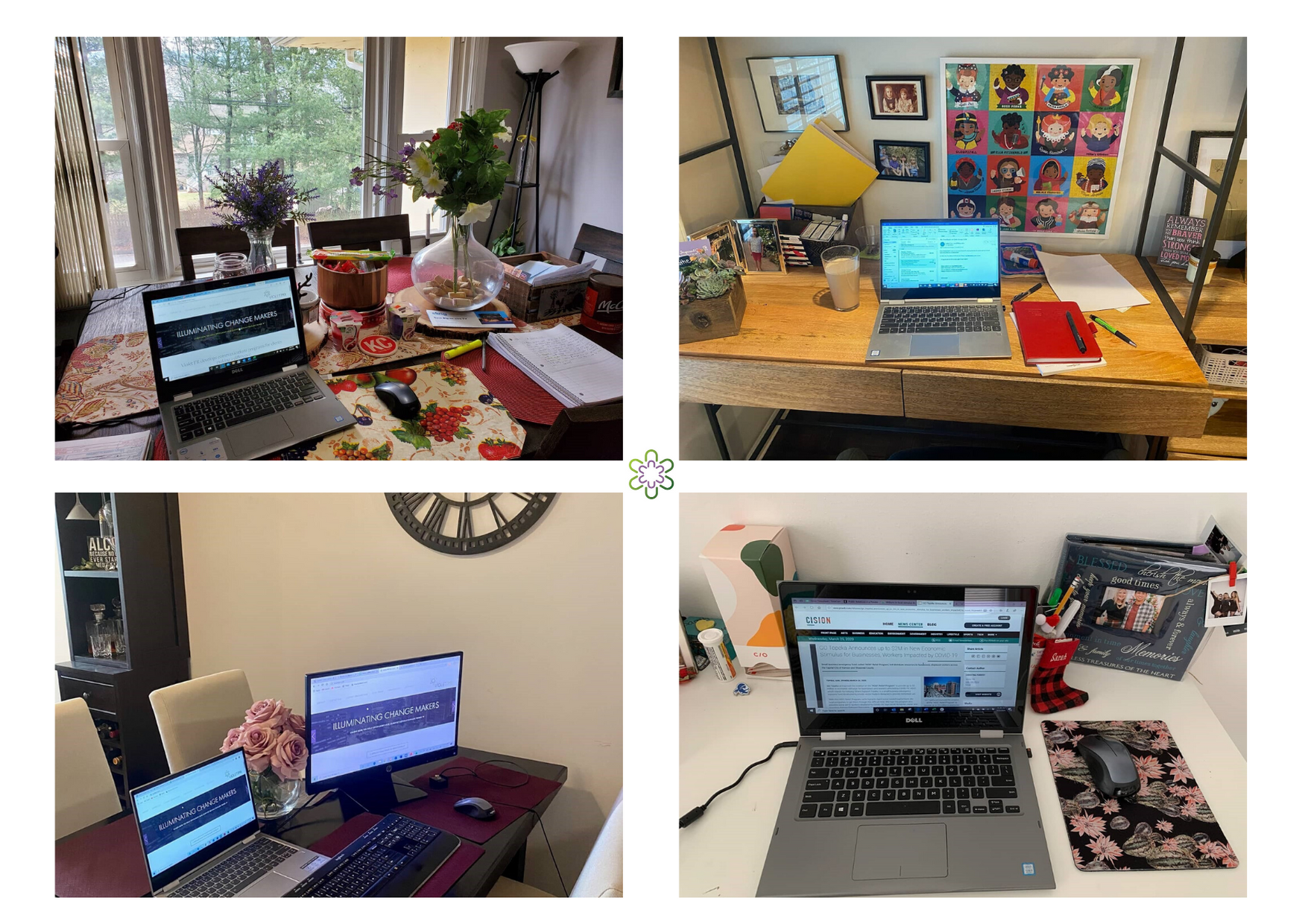Internships provide great insight into what it’s like to apply the skills you’ve learned in your coursework to real-life scenarios. However, the market is flooded with job seekers, and the competition to get in front of an employer is fierce.
Companies like Violet PR, a growing boutique agency specializing in economic development, are leveling up their connection with college students this year. Having welcomed numerous intern cohorts over the years, we know a thing or two about what makes a stellar application.
So, here are five tips on setting yourself up for success in the selection process:
1) Zero Tolerance for Mistakes on Your Resume
Seriously, zero tolerance. Have your mentor or counselor look at your resume. Have your roommate look at it. Your parent. Your friend. Your dog walker. Anyone you trust. After a while of staring at the document, you’ll begin to read what you want it to say instead of what it actually says.
Plus, is your punctuation correct throughout? Is the formatting consistent? Presentation and readability matter. Spelling errors are completely unacceptable and will result in immediate rejection. Grammatical errors, too – don’t mistake “their” for “they’re” or it’s over.
2) Know What You’re Applying For
If you are passionate about sports or fashion, for example, and you ultimately want to end up in a company that specializes in those industries, then pursue what excites you.
Your internship may last months, so you’ll benefit from taking a deep dive into some desirable companies – explore their business models, their differentiators, and their culture. Take that a step further by researching comparable companies or even some of their clients or partners. The bottom line: do your due diligence.
If you are a news junkie for current events in government, the economy, or industry shifts, and your passion lies in helping communities shape workforces and grow industries, you might enjoy a career in the economic development sector. In this space, PR helps attract investors and supporters for wildly impactful projects, creating economic opportunity for many different communities. It’s incredibly fulfilling.
3) Understand the Expectations
If the company you’re pursuing posts that they are a hybrid company in New Jersey, don’t be surprised when they reject your application because you indicate you can only work remotely from Idaho. That’s not to take anything away from Idaho, of course; but agencies like Violet PR find success in, and value, in-person collaboration.
If you live in Idaho and dream of working in the big city and you’re staying with your aunt in New Jersey for the summer so you can be closer, make that clear on your resume and/or cover letter.
Violet PR founder, April Mason, moved from the Midwest to New York City in her early 20s just after college to pursue her dream. It’s not an easy feat, but it’s certainly possible; she’s now leading a successful, fast-growing boutique agency less than 20 miles outside New York City.
4) Make the Connection
Wherever you apply for an internship, know your audience. Read the company’s website. There’s no doubt that their team spent endless hours contemplating messaging, colors and fonts as they were building their brand. Read their blogs. Look at their LinkedIn profiles. Check out their social media posts. These are all things that can help you make an informed decision.
Then, when you apply, let whoever is reading your cover letter get to know you; and add all of your volunteer work to your resume. Call out some early wins from your school days or extracurricular work. Showcase yourself.
Ultimately, you’re not alone in wanting to work with people you can connect with on a basic human level.
5) Follow Up is Paramount
The person handling recruiting at a boutique agency, for instance, likely has additional responsibilities. There can be hundreds of applications to sort through. At Violet PR, every effort is made to ensure applicants are not kept in limbo, since we know how long it takes to compile and submit materials. If you don’t hear from an employer within a week or two, it’s OK to reach out to follow up. At the very least, your name will cross that person’s desk again and that can be a good thing.
If you are able to land an interview, send a ‘thank you’ note afterwards – it’s a simple task but can truly move your application ahead of others. It shows you’re willing to go the extra mile. Amazingly, less than 10% of all candidates send a thank you note! It doesn’t need to be a novel – sincerity is all that’s needed. If you can make a connection in the note, even better. Ultimately, this short note could be the difference between landing the job and not.
With these pointers, you’ll have a great chance of standing out from the pack. Among a highly competitive workforce, that’s all you can ask for!









